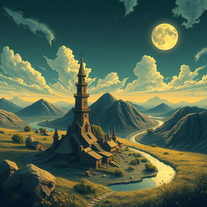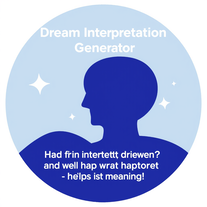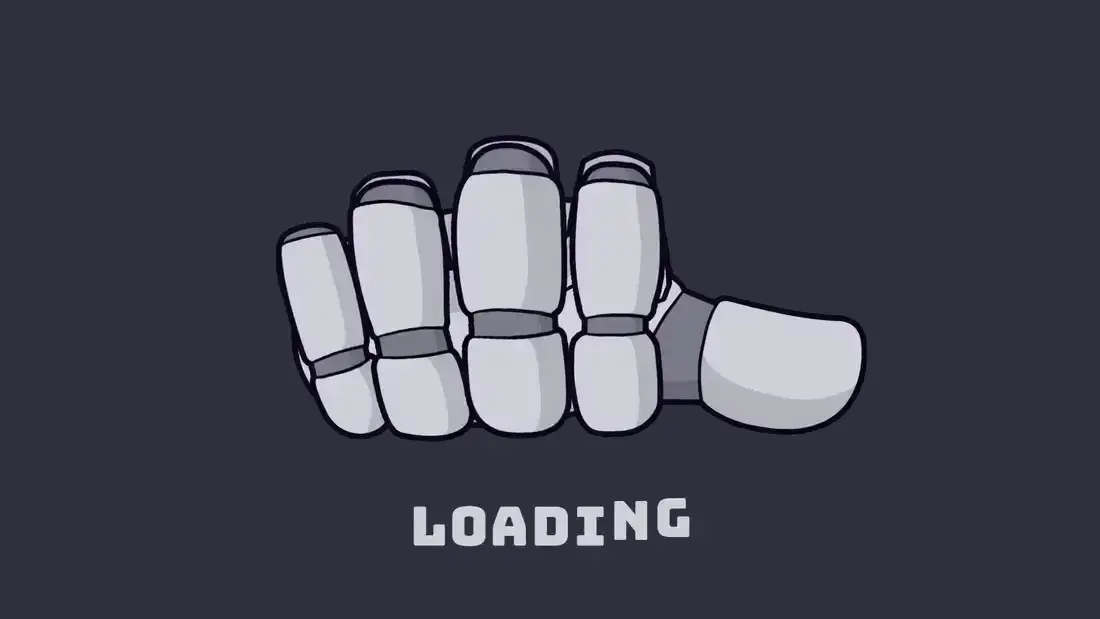▼ Most saved
Dream journaling
Free mode
100% free
Freemium
Free Trial
Other tools
-
2521,3591,348Released 11mo ago100% Free
-
372196150Released 1y ago100% Free
-
368131104Released 7mo ago100% Free
-
 Transform stress into art with AI-generated coloring pages.Open5609387Released 10mo ago100% Free
Transform stress into art with AI-generated coloring pages.Open5609387Released 10mo ago100% Free Jenna Hamilton🙏 46 karmaJun 24, 2025For the most part, I really like it. It sometimes has issues, for instance this time it was the dragon's body, or the sorceress' figure (or lack there of.) Which I have come to find in my limited knowledge is common. Typically, I'll keep maybe 1 out of 3 or 4. Overall, I am super happy with this app. :-)
Jenna Hamilton🙏 46 karmaJun 24, 2025For the most part, I really like it. It sometimes has issues, for instance this time it was the dragon's body, or the sorceress' figure (or lack there of.) Which I have come to find in my limited knowledge is common. Typically, I'll keep maybe 1 out of 3 or 4. Overall, I am super happy with this app. :-) - Sponsor:Rocket
-
 Transform dreams into photo-realistic comic strips.Open4368286Released 11mo ago100% Free
Transform dreams into photo-realistic comic strips.Open4368286Released 11mo ago100% Free -
63279114Released 1y ago100% Free
-
1052823Released 10mo ago100% Free
-
1022818Released 6mo ago100% Free
-
882419Released 1y ago100% Free
-
 Open932116Released 8mo ago100% Free
Open932116Released 8mo ago100% Free -
1822049Released 10mo ago100% Free
-
1211524Released 1y ago100% Free
- Didn't find the AI you were looking for?
-
13896Released 5mo ago100% FreeArtist Tips for Better Results with Somnira Canvas: To help Somnira Canvas render the most compelling and emotionally resonant figures—whether human or animal—users are encouraged to guide the tool with poetic, suggestive phrasing rather than highly technical descriptions. This helps maintain harmony with the platform’s expressive strengths. For human figures, try emotion-based posture phrases like “curled in sorrow,” “reaching toward a fading light,” or “kneeling in wind.” Favor mood-based modifiers over anatomical specifics, such as “a silhouette bathed in dusk” or “a quiet figure in motion blur.” For animals, use mythic or metaphorical phrasing like “a fox made of stars,” “a deer outlined in frost,” or “a lion woven from dusk and gold.” Avoid strict biological realism unless intentionally stylized (e.g., “cubist owl,” “ink-drawn heron”). Best practices include specifying camera perspective or body angle with terms like “3/4 view,” “top-down shot,” or “over-the-shoulder,” and adding atmospheric cues such as “drifting in chalk mist,” “outlined by candlelight,” or “carved in shadow.” You can also add emotion-based tags directly into the prompt—words like “longing,” “grief,” “stillness,” or “wonder” will guide the aesthetic and expressive qualities of the final artwork.
-
91922Released 11mo ago100% Free
-
1252Released 4mo ago100% Free
Post



